Only a month after the long-awaited Short Term Lets Licensing Order was made by the Scottish Parliament, Edinburgh Council planners have been quick out of the blocks to finalise their proposed short-term let control area. As previously anticipated in one of our blogs last year, approval will be sought from Committee this Wednesday (23rd February) to confirm that the whole city will be included within the new zone. Given this means that all permanent short term let properties across the entire city will need to obtain planning permission for a ‘change of use’ before they can secure a license to operate, Angus Dodds looks at 5 interesting examples across the Capital that highlight how important ‘re-purposing’ has been over many years in providing the city with much-needed visitor accommodation.
Many of the hotels we see today in the city centre were not purpose built for this use but began life as something else entirely. Accordingly the need for planning permission for the short-term lets of tomorrow mean that these properties will need to follow a path well-trodden by the visitor accommodation of yesterday. Here is our guide to some of the more interesting ones…
Hotel du Vin
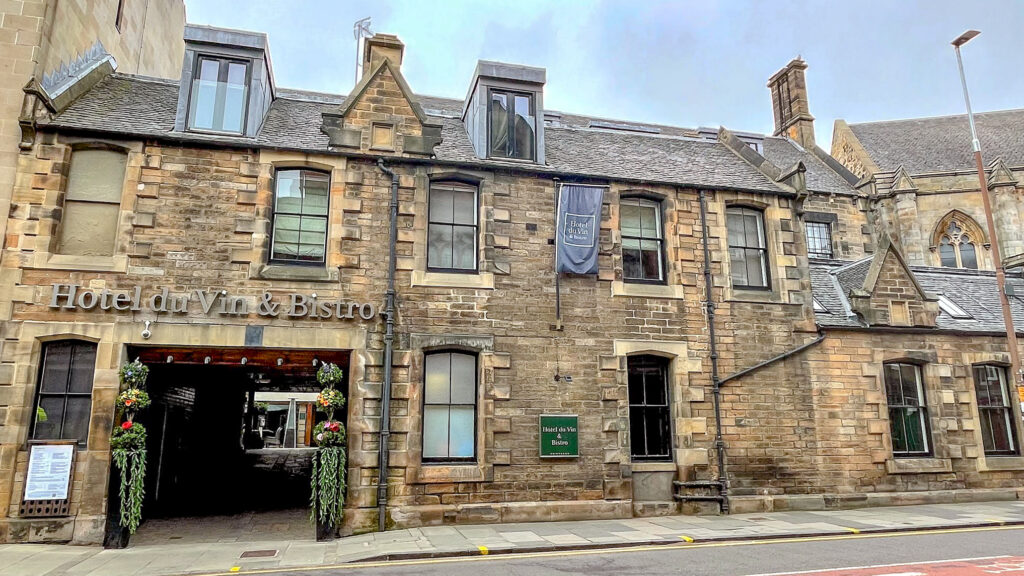
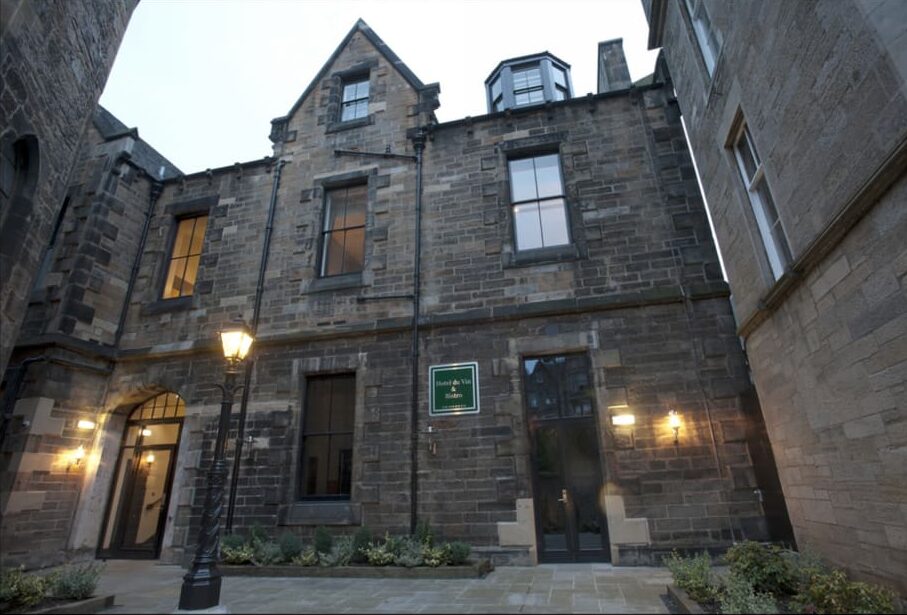
Part of the building that houses the boutique hotel by the University was originally built as Edinburgh’s poor house, before being used as its lunatic asylum until the early 1800s (hence the name of the Bedlam theatre next door). Later still it served as science laboratories and a blood donation centre.
The Hotel du Vin group is of course no stranger to interesting conversions. Its Malmaison hotels in Oxford, Belfast and Leith are respectively hosted in: a former seed warehouse; a prison; and, a seaman’s mission/brothel.
The other interesting piece of built-environment miscellany on this block is at numbers 15-19 Bristo Place, which is built on the site of the Darien House – the Headquarters of the Company of Scotland which hoovered up an estimated 20% of all the money in circulation in Scotland in the closing years of the 17th Century. This was undertaken to pay for the ill-fated expedition to establish a Scottish colony in present-day Panama. The expedition was a failure, Scotland very nearly went bankrupt, and by 1707 was so impoverished it agreed to the Treaty of Union with England. The rest as they say… is history.
The Scotsman Hotel
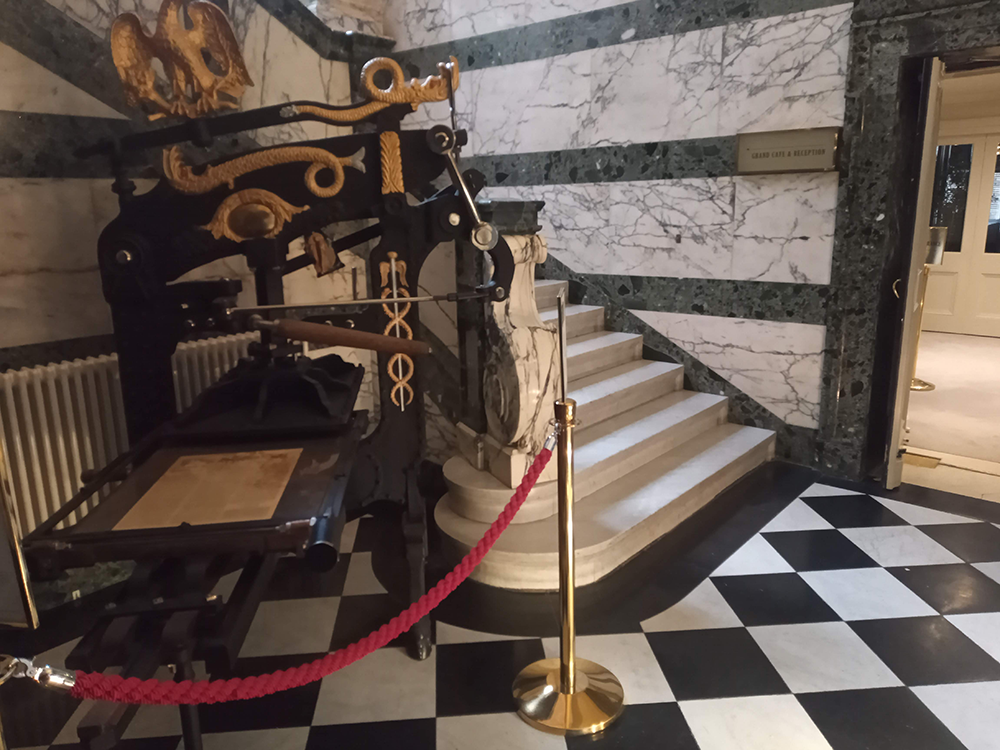
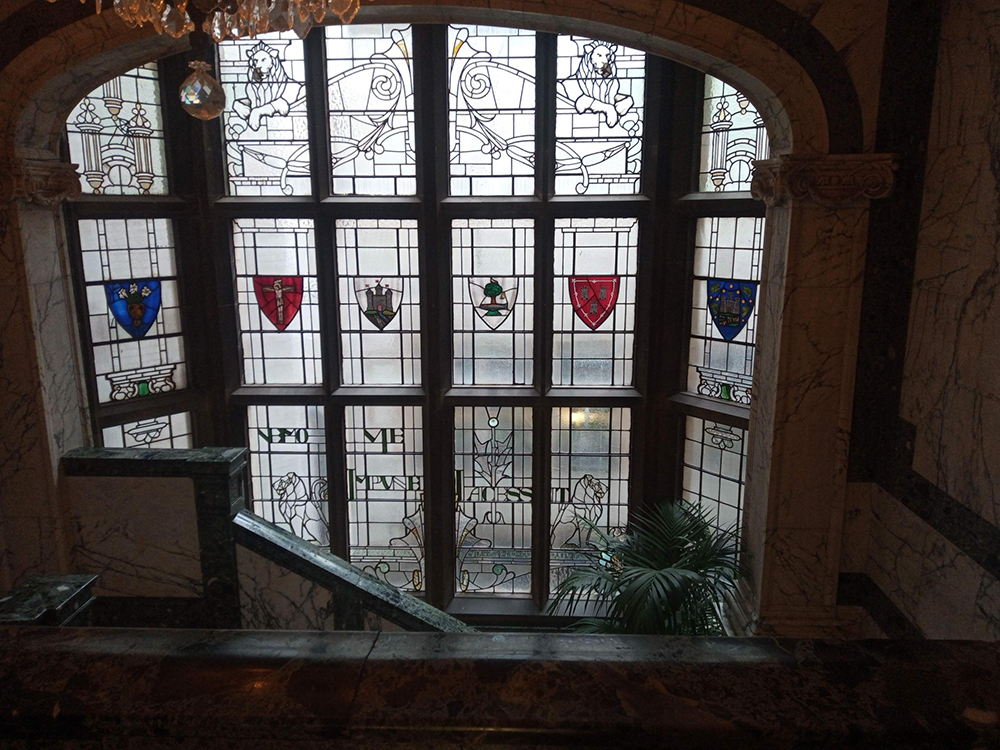
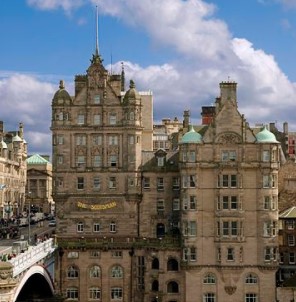
The clue’s in the name here really. This colossal ‘A’ listed Edwardian building was designed as a Scottish adaptation of ‘Free Renaissance style with French chateau features’ and was built as the HQ of the Scotsman newspaper over 3 years from 1902. While it all looks fittingly olde-worlde with the standard Edinburgh faux-turrets and fenestration, the building is actually steel-framed with concrete floors – which made it easy to convert to its hotel use in 2000.
The 1905 Grand Café accessed from the North Bridge has always been the building’s public face since opening its doors in 1905 – hence the name. This space with its marble pillars and massive chandeliers today, was formerly the Advertising and Notices Department – where generations of townsfolk would go to tell the world their cat was missing or their granny had died.
Within the building at third floor level, a hefty nod to its printing heritage comes in the form of a ‘Columbian’ printing press, dating from 1830. The reception level above offers a view of the stained glass window that follows you down the main staircase. Reflecting the national coverage of this national daily paper, the window features the coats of arms of Dundee, Inverness, Edinburgh, Glasgow, Aberdeen and Stirling.
DoubleTree by Hilton Hotel Edinburgh City Centre
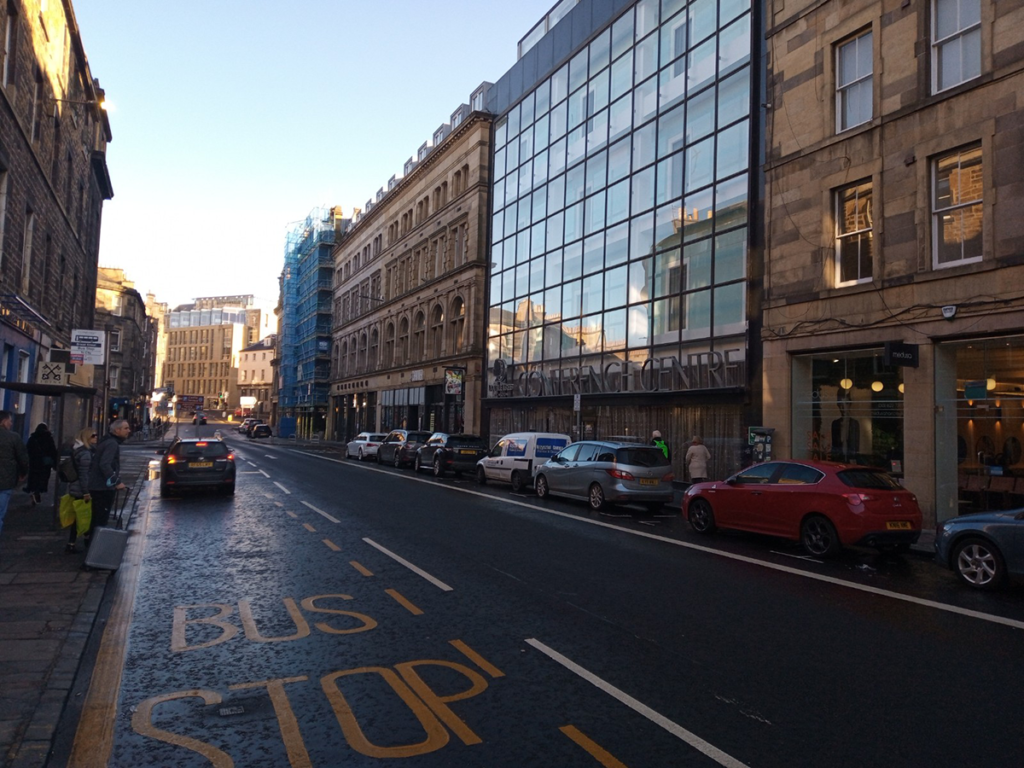
This rather snappily titled hotel is probably better known to many modern-day locals as the ‘Point Hotel’ on Bread Street. Older residents of the city though, might still refer to it as the ‘the coop-ey’ as it was here from 1892 that the St Cuthbert Co-operative Society had its main department store in the city – its largest store of this kind anywhere in the country.
As the role of Department stores changed at the beginning of the 20th Century, the Bread Street co-op expanded and embraced the modernism of the time – injecting Tollcross with a little touch of Mies Van der Rohe in 1937 through its commissioning of the first glass curtain-wall to be built in Scotland. The glass extension, originally built to house the furniture department, still looks startlingly contemporary 85 years later, justifying its inclusion as one of the best Scottish buildings of the last century in Neil Baxter and Fiona Sinclair’s excellent book ‘Scotstyle’.
Incidentally, while the co-op’s most famous former employee and future 007 was born only half a mile away on Fountainbridge, Sean Connery didn’t actually work in this branch of the store. His milk delivering days were conducted from the chain’s Corstorphine branch – although he did for a spell find gainful employment round the corner as a life model at the art school.
The Edinburgh Grand
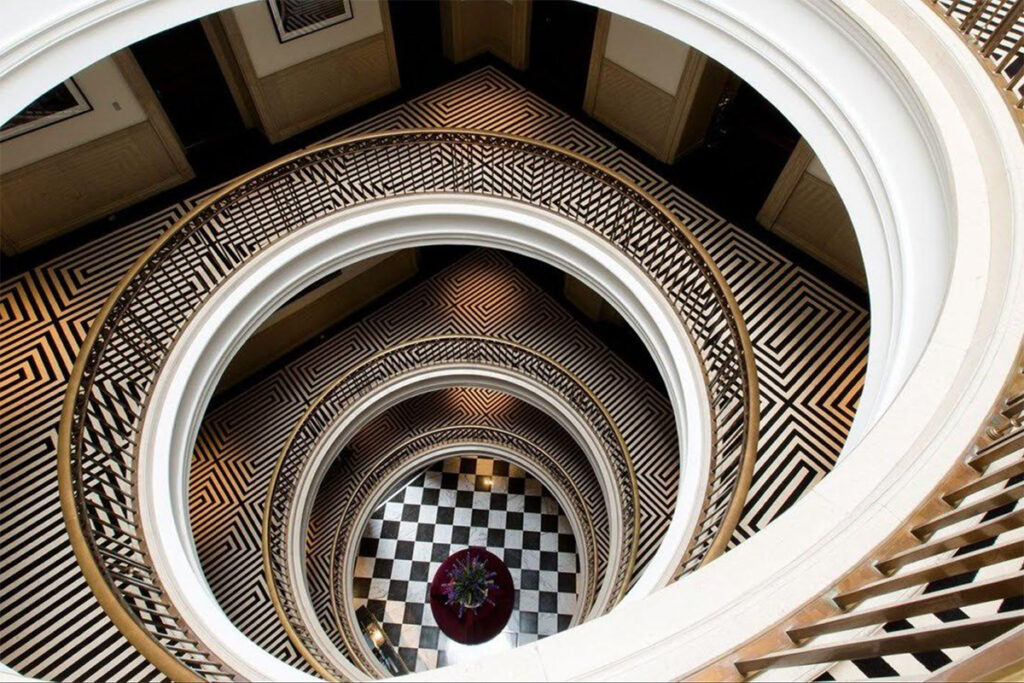
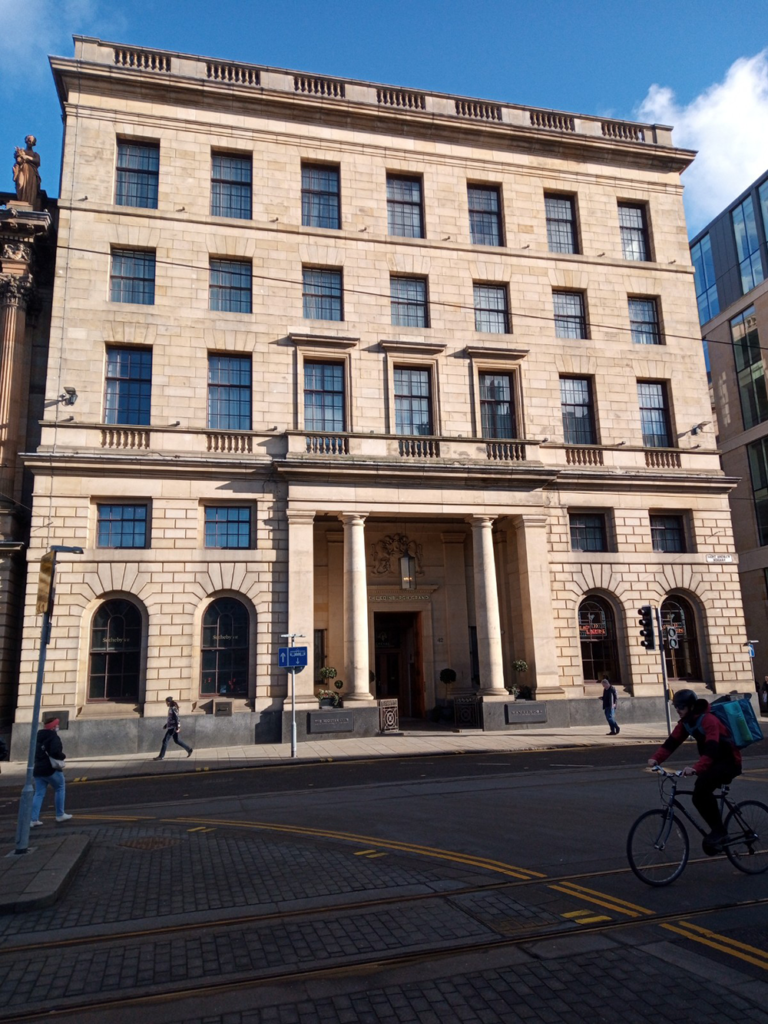
Described by Historic Environment Scotland in its ‘A’ listing description as a “massive austere cubic palazzo bank on corner site with portico”, the former bank that houses the Edinburgh Grand was perhaps surprisingly built at the same time as the glass extension to the Co-op department store on Bread Street. Reflecting the fairly diverse range of architectural styles being employed at the time across Scotland, its construction was also contemporary with the Glasgow Film Theatre, St Andrews House on Calton Hill, and the Bon-Accord baths in Aberdeen.
Its further description as an ‘American inspired composition’ rings true for anyone who has been inside the building and recently seen Guillermo del Toro’s excellent new noir drama ‘Nightmare Alley’; some scenes of which could have almost been shot in the building. The opulent American elm, Mexican pine, Honduran mahogany and English oak that were originally used to decorate the Bank’s interior spaces, wouldn’t have looked out of place in Cate Blanchett’s consulting room.
Interestingly, unlike the others in this selection, the bank headquarters were actually built on the site of what had originally been a hotel back in the early 19th Century – a nice illustration of the extent to which successive development cycles can sometimes result in cities reverting back to square one.
Learmonth Hotel Travelodge
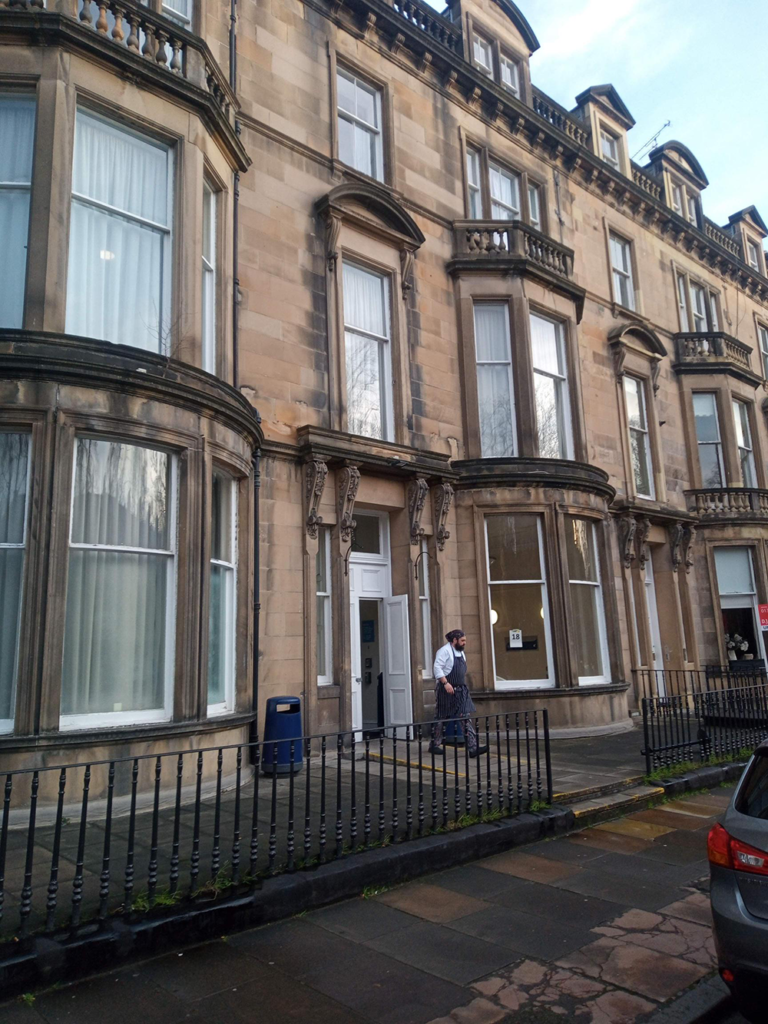
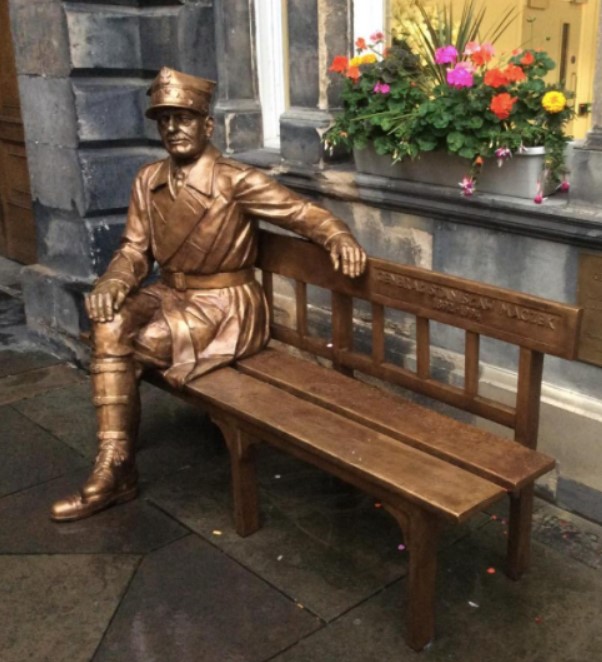
Repurposing a series of rather grand mid-Victorian terraced townhouses, the former Learmonth Hotel and esrtwhile Travelodge, was the setting for Edinburgh’s version of the Shawshank Redemption… sort of.
Lieutenant-General Stanislaw Maczek, was a veteran of World War 1 where he had served as a Battalion Commander for the Austro-Hungarian Empire. By World War II he had risen to become Commander of the 1st Polish Armoured Division. Under his command the armoured Division liberated major cities in the Low Countries including Ypres, Ghent and Breda, as well as taking the German navy’s surrender in the port of Willhelmshaven.
Once hostilities ended however, Maczek was stripped of Polish citizenship by the Communist government of the Polish People’s Republic; while the British Government refused to grant him a General’s pension as he was not a British subject. In the circumstances, the Polish war hero, who had settled after the war in Edinburgh, spent many decades working instead as a barman in the Learmonth Hotel.
The silver cloud to this rather sad tale is that secret papers revealed in the last couple of decades, show that the Dutch Government, so grateful for his liberation of Breda, had in fact been secretly paying the elderly barman a General’s pension since the 1950’s. He lived in Edinburgh till his death at the ripe old age of 102, and a plaque commemorating his life is visible on his former home in Arden Street. A more significant commemoration of the General is the new bronze statue of him outside the City Chambers that was unveiled in 2018.
The comprehensive scope of the short-term let control area and the new Licensing Order, allied with proposed policy changes in the next Development Plan, will bring fairly seismic changes quite rapidly to Edinburgh’s visitor accommodation landscape. All existing operators will need to apply for an operating licence by April 2023, with planning permission or a ‘Certificate of Lawfulness’ a necessary pre-condition to such licences being granted.
Already, non-main door properties that have been operating permanently as short term lets for less than ten years, have very little chance of securing planning permission. If and when the proposed planning policy changes begin to impact on decision making – perhaps as early as this summer – we are likely to see the remaining window of opportunity for main door properties slam shut too.
Contour Town Planning has been helping a considerable number of clients to make planning applications and certificates of lawfulness applications for such changes of use in recent months. If you own a main door property that you let out as short-term visitor accommodation, and if you would like to continue offering tourists the opportunity to ‘live like a local’ in the years to come, get in touch with Contour Town Planning to discuss how we can help you also best negotiate the significant planning challenges all such operators now face.
Get in touch with Angus Dodds on 07729 873829, or by email at angus@contourtownplanning.com
